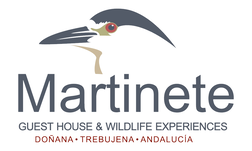
If stopping for a snack, instead of leaving your binoculars in the car have them with you so the locals are aware of why you’re there so that they realise that their community’s efforts are appreciated. But if you do search for this superb bird please treat it and its environment with respect. A single thoughtless act could undermine the conservation efforts of many. Park sensibly, don’t use playback and keep to public paths and tracks. If your Spanish is up to it tell any locals why you’re there. They may be proud enough of their special bird to tip you off as to the best place to look. And if you happen to be there when the next Alzacola rojizo walk is organised then why not join in, I’m sure you’d be very welcome.
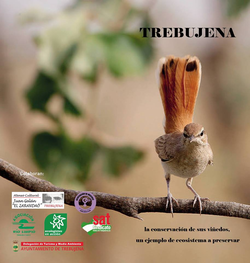

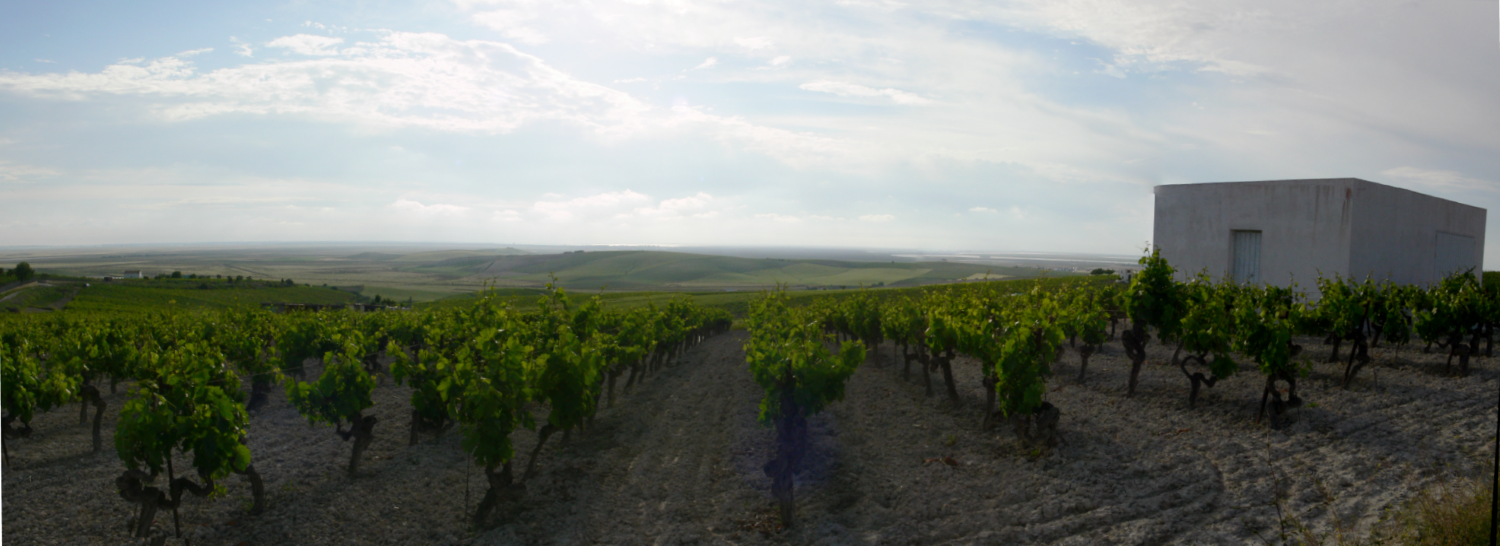
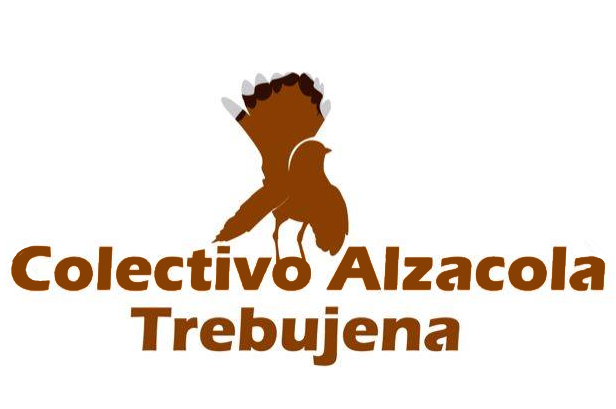
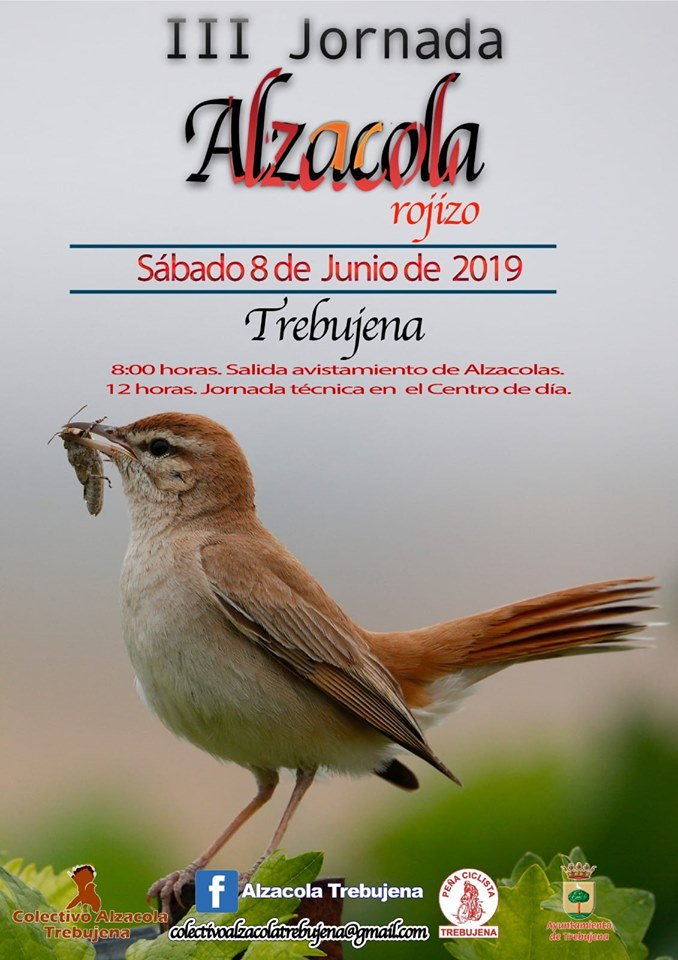
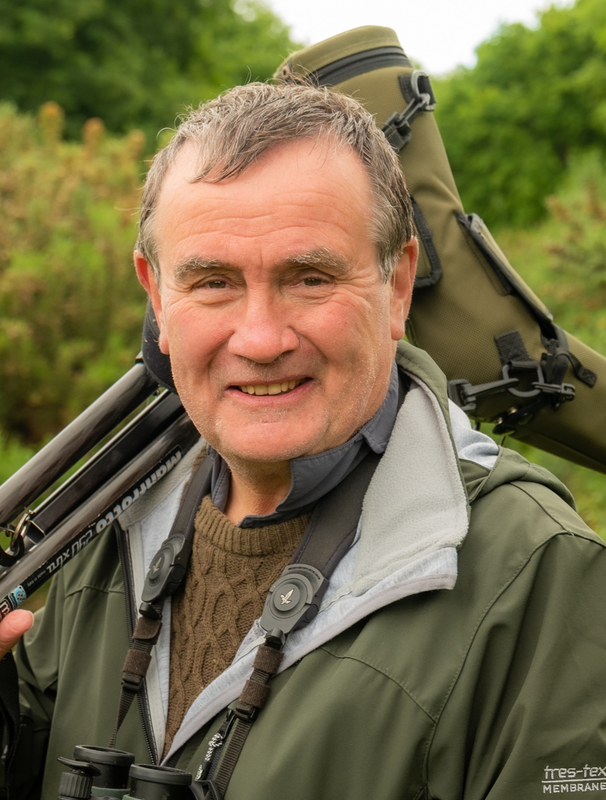
 RSS Feed
RSS Feed
